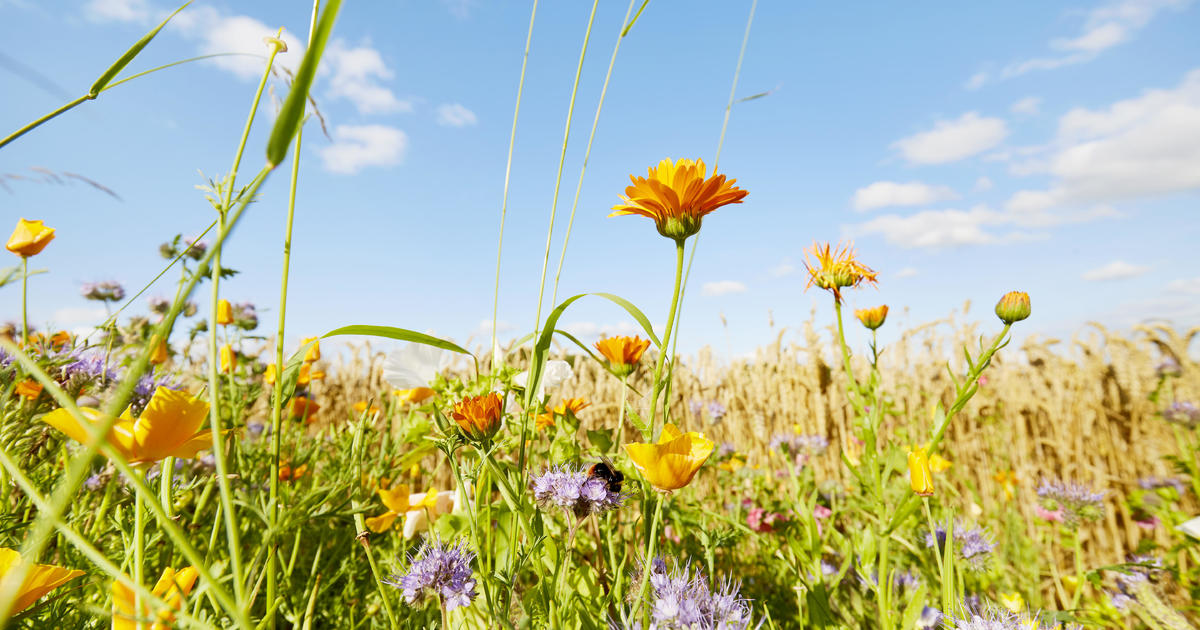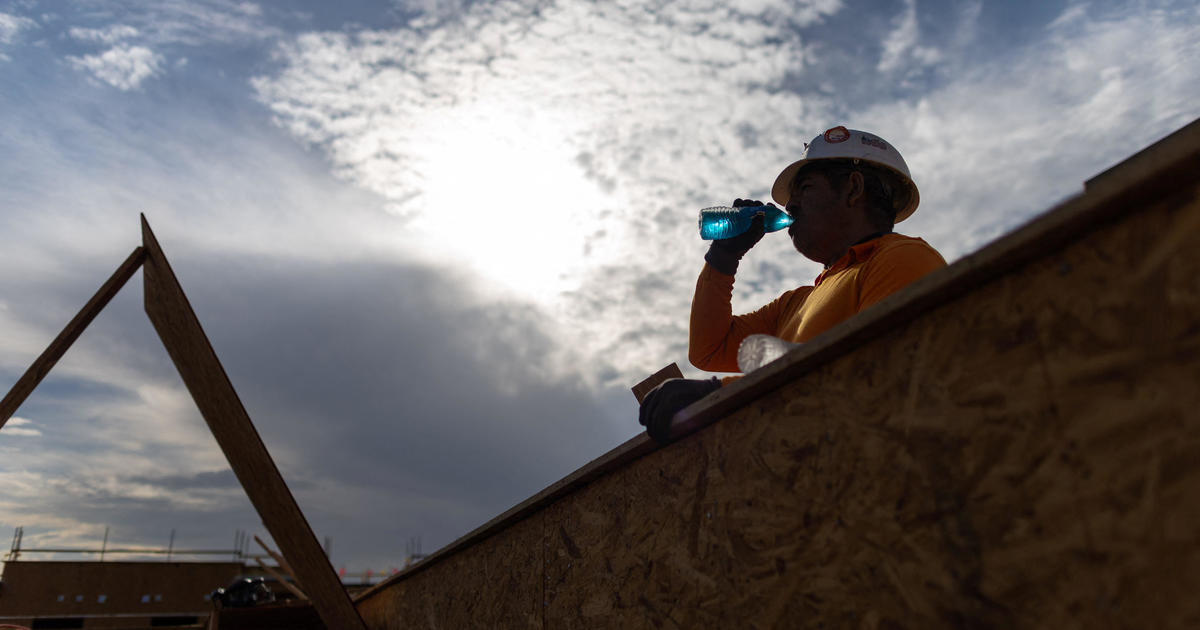Will the coronavirus outbreak die off in summer? An expert weighs in
The novel coronavirus has brought life to a standstill around the world and left millions of people wondering when things will return to some semblance of normal. One hope is that the virus could perhaps behave somewhat like the seasonal flu — taking a break during the warmer summer months, lessening the threat and giving society time to mount a systemic response. But there are many unanswered questions.
To find out more about how the change of seasons might affect the spread of the virus, CBS News spoke with Dr. Jeffrey Shaman, an expert on infectious disease transmission and director of the Climate and Health Program at Columbia University. The following is an abbreviated version of the conversation.
CBS News: Is coronavirus less likely to spread at warmer temperatures, and will spring or summer slow the spread of the disease?
Dr. Shaman: That is one of the critical questions we would like to answer and I would love to see some virus survival experiments that elucidate and show evidence one way or another.
There are four endemic coronaviruses [a family of viruses that cause respiratory illnesses] that circulate within humans. Studies and data I have seen show three or even all four of them circulating seasonally, peaking during the wintertime and pretty much disappearing during the summer months. And it's an even more marked seasonality than we see for flu, which also in temperate regions is like that.
Now, there's reasonable evidence with the flu that it's not actually linked to temperature, but rather linked to humidity levels and that these viruses thrive in conditions that are very dry, which is what we get in the wintertime. Why that is for flu, we don't know, and if that is the mechanism that extends to coronavirus, we don't know either. Either way it leads to the enticing possibility that maybe this novel coronavirus will also be affected by ambient conditions which lead to it dissipating during summertime.
Now, I have to caution that although seasonal flu peaks during the winter and it peters out in spring, when we have a pandemic influenza outbreak such as what happened in 2009, it can penetrate farther into the summer. The reason for this is there is heightened susceptibility in the human population that allows for transmission even as humidity conditions rise. The pandemic flu doesn't disappear until June, and then resurges again in late August and September as humidity starts to drop. So, if this novel emergent coronavirus were to follow this pattern, then it would probably continue circulating until May or June, then we'd get a break, and then we might get a second wave of it in September. If it doesn't have this characteristic then none of this will happen. Also, this novel coronavirus appears to be more transmissible than influenza, which might preclude any disappearance during summer.
While there's been some limited study of the survival of this virus, both aerosolized in the air or on a surface — which has shown the virus remains viable for hours and that airborne transmission is certainly possible — its survival has not been tested under diverse climate conditions. Consequently, its sensitivity to temperature and humidity conditions aren't known. It would be great to see these experiments repeated under different temperature and humidity conditions.
CBS News: The largest concentration of cases appears to be in the colder mid-latitude areas of China and Europe — and in the United States, [like] Seattle and New York City — but not as large a number in the South. Is it possible that the virus is following colder and not warmer climates?
Dr. Shaman: There's something to that that might be intriguing. If you look at Southeast Asia, the countries that have cases of COVID-19 but have not gone out of control are Singapore, Vietnam, Thailand and Taiwan; they have kept the growth of the virus linear. Korea and China, on the other hand, are further north and more temperate and have had bigger outbreaks to deal with. This could be a manifestation of differing climates, but it's pure speculation. This may much more reflect that they [Singapore, Vietnam, Thailand, Taiwan] have engaged in much more proactive control of the virus and are successful at it. The Japanese have also kept the growth of cases linear even though they have had a substantial number of cases. They have managed to control it, even though they are a temperate [colder and less humid] country. So, although there is this tantalizing possibility that the virus spreads less in warmer or more humid climates, it could also be linked to a country's response to the outbreak.
If you look at it right now, you are seeing outbreaks in the Northern Hemisphere countries, which is not unexpected. You are seeing it in Europe and Iran, which are colder, but you are not yet seeing large numbers in Australia, which is in summer right now, and you are not seeing it in the deep tropics where it's warm all year round. This suggests that maybe this coronavirus has some temperature or humidity sensitivity that limits its circulation when conditions are warmer or more humid.
However, there may be considerable reporting discrepancies among countries. Many countries in the deep tropics have less developed medical and public health infrastructure and may be less able to test and report infections. In some of these countries many infections may go undocumented.
CBS News: Is it possible that people being in more confined spaces and packed closer together in winter is more of a factor in the spread of the virus than the actual effect of climate?
Dr. Shaman: Without a doubt. You see evidence of this when you put people in isolation or quarantine you can slow the spread of virus because the virus thrives on contact. And if people are running into each other because they are on subways, buses, in stores and banks — in the urban environment you have hundreds of contacts per day — then the virus will spread faster. In the winter people tend to be in closer quarters.
Now in the 2009 [flu] pandemic the only occasions we documented outbreaks in the summertime were in places where there was close contact, such as military ships and dorms. So contact is obviously a very important issue, but there may be this overlying effect of the environment, like the climate of a place, that acts as an upper boundary as to how much virus activity there can be.
CBS News: Do you know of any ongoing or proposed research on this that would be helpful in determining the impact of climate on the coronavirus?
Dr. Shaman: Like I said, I'd really like to see laboratory experiments on coronavirus survival repeated but this time with different temperature and humidity conditions. That would be much more compelling to me than any other studies done so far which try to tease apart various effects from population-scale data. There are a number of studies posted on medRxiv related to this which can provide some perspective.




